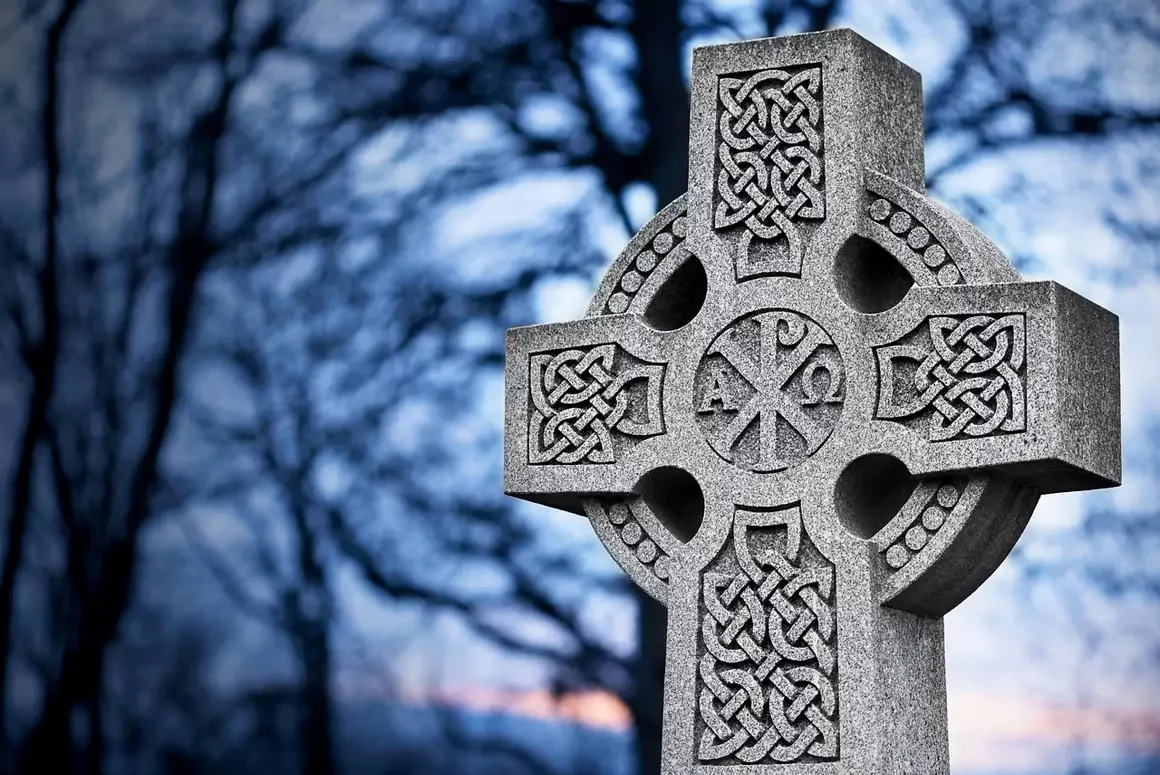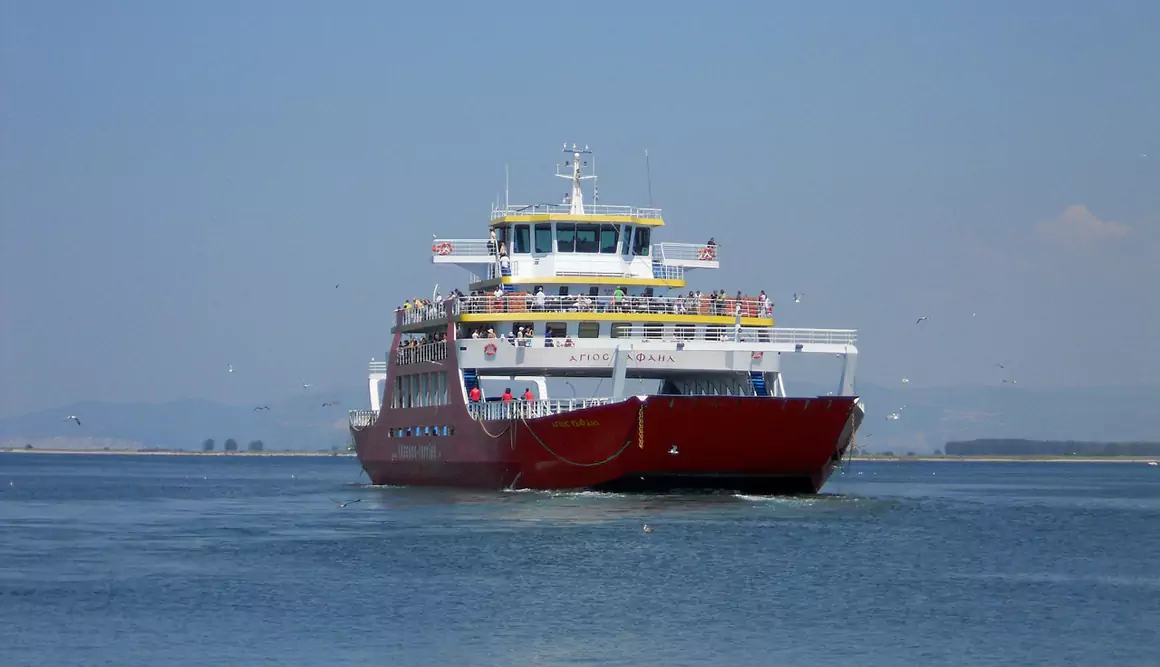Few journeys are as rewarding for travellers seeking deep history, rugged landscapes, and rich traditions as a Celtic culture tour through Wales, Scotland, and Ireland. These three Celtic nations each offer their powerful sense of place, from ancient ruins and Gaelic languages to lively music sessions and legendary folklore. However, planning a smooth trip that weaves them all together takes some thought. Here’s how to design a tour that matches your interests, makes clever use of transport, and ensures you experience the best of Celtic culture — whether you have one, two, or three weeks to explore.
Key Tips To Consider
Choose Your Starting Point Wisely
Dublin, Edinburgh, and Cardiff are natural gateways with major international airports. Where you start might depend on flight deals or ferry access from the UK or Europe. Also, consider the dates of festivals or parades if you’re travelling in summer and aim to soak up some culture.
Be Realistic About Distances
Though the three countries are close geographically, travelling between them (mainly if you include remote rural areas) can be time-consuming. It’s better to plan fewer locations and savour them, rather than rush around trying to tick everything else without allowing yourself to soak it all in.
Mix Famous Sights With Hidden Gems
Tourists flock to places like Edinburgh Castle, the Cliffs of Moher, and Snowdonia National Park, and rightly so. But including less-visited sites like the Isle of Harris, Conwy, or the Dingle Peninsula can make your tour feel much more personal.
Prepare for All Weather Types
Each of the countries you’ll be visiting is infamous for its inclement weather, so don’t be caught out in summer showers. Whatever the time of year you visit, bring functional, waterproof clothing and a pair of walking boots to remain comfortable on long days.

Book Ferries and Accommodation Early
Celtic historical sites are spread across vast areas, and many of them are dotted around small islands and hard-to-access rural areas. Many of these islands are served by irregular ferry crossings, and some may only have one or two accommodation options. Book accommodation early and check ferry timetables to avoid disappointment on the day of arrival.
Be Flexible
The best itineraries allow for a few spontaneous detours. Leave gaps and try not to overplan so you can explore and go with the flow.
Respect Local Languages
Welsh, Irish Gaelic, and Scottish Gaelic are still spoken in many communities. Learning a few basic greetings is always appreciated.
Best Modes of Transport
Getting around efficiently is key to a smooth Celtic tour. Here’s a breakdown of the main options:
- Car rental: Renting a car gives you the freedom to explore remote villages, coastal roads, and national parks at your own pace. The most picturesque places to visit in Ireland, in particular, are best seen by road. Driving is on the left in all three countries, so prepare accordingly.
- Trains: Scotland and Wales, in particular, offer scenic railway routes like the West Highland Line and the Cambrian Coast Line. Trains are ideal for relaxed travel between cities and larger towns.
- Ferries: Travelling between the islands and mainland Britain often involves ferries. Major routes include Dublin to Holyhead (Wales) and Belfast to Cairnryan (Scotland).
- Flights: For longer jumps, say, between Dublin and Edinburgh, a short regional flight might save you time. There are regular commercial flights, but booking with a reliable private jet charter company gives you more freedom and access to smaller airports, massively reducing land transfer times.
Tip: If you’re planning a one-way route, check if your rental car company allows cross-border travel between Ireland and the UK, and if they charge extra for ferry use.
Sample Itineraries
We’ve put together three sample itineraries to give you an idea of what’s possible on a Celtic culture tour. Anything less than seven days is too short to get across three countries meaningfully, so we suggest utilising at least a week for the trip.
7-Day Celtic Highlights Tour
Day 1: Arrive in Dublin – explore Temple Bar, Trinity College, and the National Museum.
Day 2: Day trip to the Hill of Tara and Newgrange (ancient sites).
Day 3: Ferry to Holyhead, Wales – drive to Conwy; visit Conwy Castle.
Day 4: Explore Snowdonia National Park.
Day 5: Drive to Cardiff via Brecon Beacons; evening in Cardiff Bay.
Day 6: Flight to Edinburgh; explore the Royal Mile and Edinburgh Castle.
Day 7: Depart from Edinburgh.
10-Day Celtic Culture & Coast Tour
Day 1–2: Arrive in Dublin – city sightseeing.
Day 3–4: West coast Ireland – Galway, Cliffs of Moher, Doolin music session.
Day 5: Ferry to Holyhead – explore Llyn Peninsula, North Wales.
Day 6: Snowdonia hiking and scenic drive.
Day 7: Chester (England) for a half-day visit, then onward to Liverpool.
Day 8: Ferry to Belfast – explore the Titanic Museum and Belfast city life.
Day 9: Drive to Edinburgh via Cairnryan ferry and Scottish Lowlands.
Day 10: Edinburgh sightseeing – departure.
14-Day Celtic In-Depth Tour
Day 1–2: Dublin — city and nearby Boyne Valley (Newgrange).
Day 3–4: Kilkenny, Cork, and Ring of Kerry road trip.
Day 5–6: Dingle Peninsula and Galway (Connemara drive optional).
Day 7: Ferry to Holyhead; Anglesey and Llyn Peninsula.
Day 8: Snowdonia hiking and Betws-y-Coed village stay.
Day 9: Shropshire and Herefordshire (cross-cultural border regions).
Day 10: Cardiff — explore the city, castle, and St Fagans National Museum.
Day 11: Ferry from South Wales to Rosslare, Ireland, OR flight to Glasgow.
Day 12: Isle of Skye or Scottish Highlands for hiking and photography.
Day 13: Edinburgh — city, history, and shopping.
Day 14: Departure from Edinburgh.
Start Your Celtic Adventure
Wales, Scotland, and Ireland form a magical triangle of history, language, music, and myth. No matter how much time you spend here, you’ll find Celtic culture coursing through the veins of these people and places, and their joy for life is truly infectious. This adventure is unforgettable, so plan every detail to squeeze the most out of your journey.



